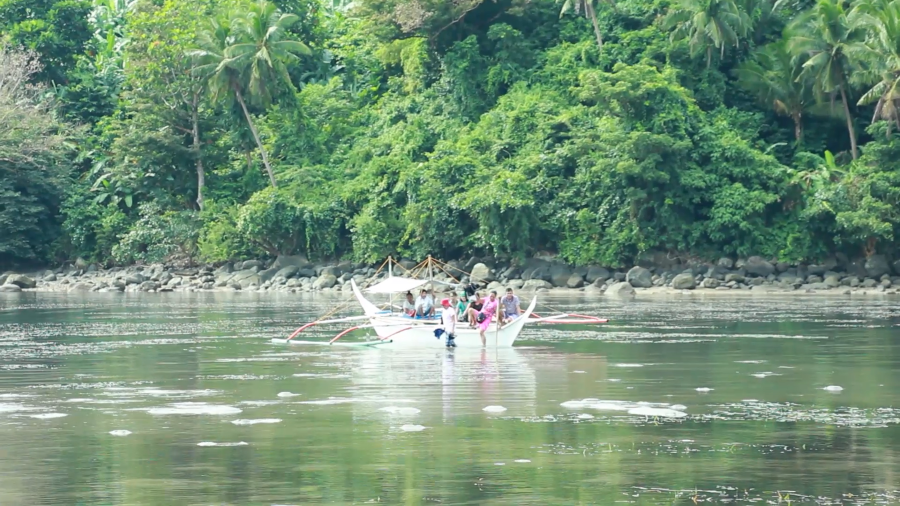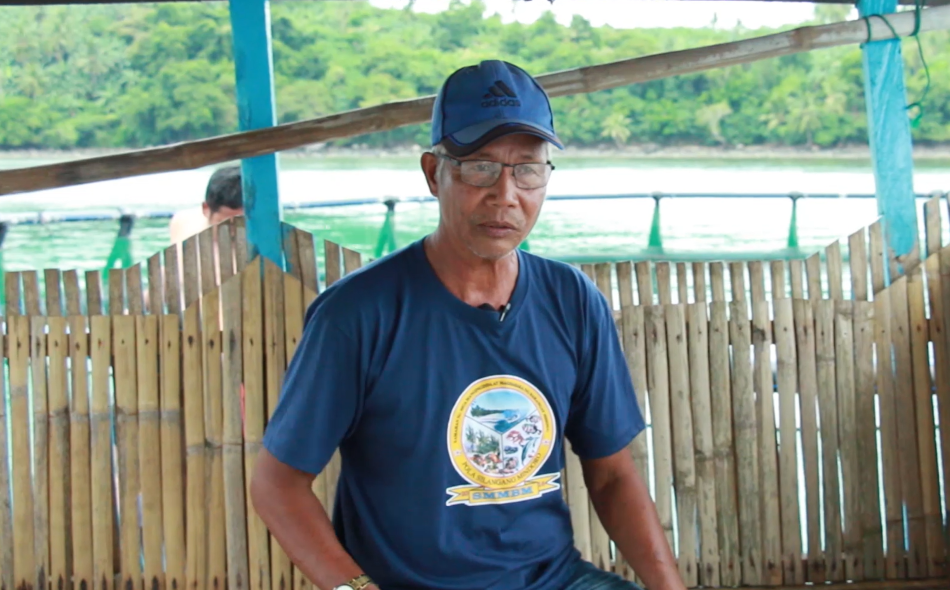CALAPAN CITY, Oriental Mindoro (PIA) -- The Bureau of Fisheries and Aquatic Resources (BFAR) delves into the comprehensive understanding of milkfish culture, highlighting its significance, challenges, sustainable practices, socio-economic impact, and future prospects within the country. Milkfish culture, also referred to as bangus farming, plays a crucial role in the Philippines' aquaculture industry.
The significance of milkfish culture lies in its ability to provide a high-yield source of protein for the rapidly growing population of the Philippines. Fish, particularly milkfish, forms a vital component of the Filipino diet, contributing to both food security and nutritional requirements.
Based on the preliminary production data released by the Philippine Statistics Authority (PSA), the fisheries sector's production from January to September 2020 generated 3,181,377.15 metric tons (MT) which increased by 1.24% relative to the 2019 production with 3,142,428.90 MT.
However, the development of an efficient and sustainable milkfish culture faces several challenges. These include limited access to quality fingerlings, water quality management, disease control, insufficient technical expertise, and inadequate infrastructure.

Milkfish culture significantly contributes to the Philippine economy by generating employment opportunities, particularly in rural areas. (Photo by Ace Sapit/PIA MIMAROPA)
To overcome the challenges mentioned, the BFAR, in collaboration with fish fisherfolk and research institutions, has adopted sustainable practices and innovative technologies in milkfish culture. These measures include the development of hatcheries to ensure the steady supply of quality fingerlings, improved feed formulation, advanced water filtration systems, effective disease management through vaccination and biosecurity protocols, and the use of recirculating aquaculture systems to promote efficient resource utilization.
Milkfish culture significantly contributes to the Philippine economy by generating employment opportunities, particularly in rural areas. The establishment of milkfish farms has not only enhanced the livelihoods of local communities but also led to the creation of an integrated aquaculture value chain, encompassing hatcheries, feed mills, processing plants, and export markets.

In an interview with the Philippine Information Agency - MIMAROPA with SMMBM President Dominador M. Conde, he emphasizes the importance of milkfish aquaculture in their community. (Photo by Ace Sapit/PIA MIMAROPA)
Dominador M. Conde, President of Samahan ng Magsasaka at Mangingisda of Barangay Misong in Pola, Oriental Mindoro says “the aquaculture of milkfish products has enabled us to become a player in the aquaculture industry in the region of MIMAROPA.”
Conde further said that through BFAR’s assistance, his fellow fisherfolks in the province of Oriental Mindoro made them more determined in investing on these projects by the government, and extending their gratitude to the bureau.
“Sobra po kaming nagpapasalamat sa proyektong ipinagkaloob ng pamahalaan sa amin at sana mas marami pang asosayon katulad namin ang matulungan ng pamahalaan sa mga susunod pang taon,” added Conde.
Despite the challenges faced by milkfish culture, there are promising prospects for its future development in the Philippines. The utilization of cutting-edge technologies, such as genetic improvement programs, precision aquaculture, and data-driven farming practices, hold great potential for enhancing productivity and profitability. Additionally, investment in research and development, capacity building programs, and infrastructure development can further strengthen the sector's resilience and minimize environmental impacts. (GATS/PIA MIMAROPA)

